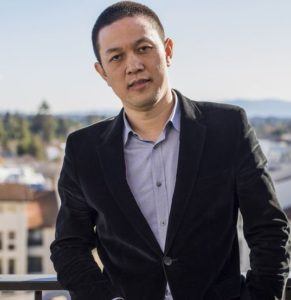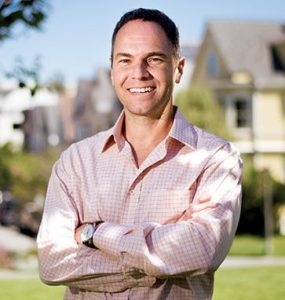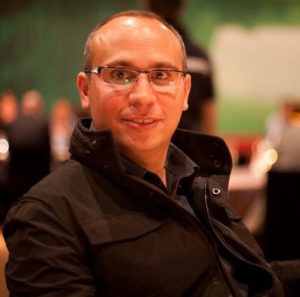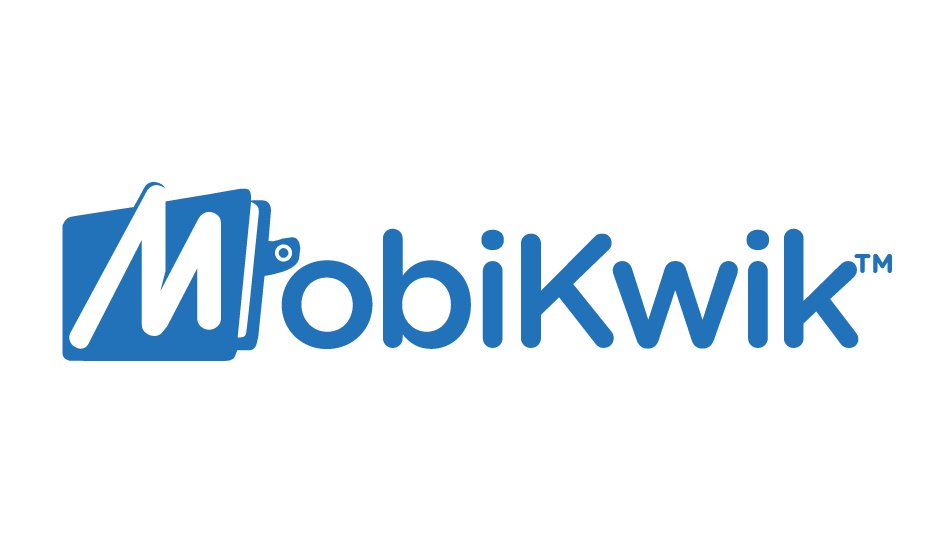William Li : The Founder of Chinese Tesla, Nio
Everyone is aware of the potential of electric motor vehicles, as these can help the world save on fuel as well as money. Tesla has been the biggest inspiration for every other automobile company, and most of them have already built their electric cars, and are steadily moving towards manufacturing autonomous vehicles. One such company is Nio, founded by a celebrity entrepreneur William Li, that is working on something inspired by the same concept of Tesla electric cars, but a bit on the cheaper end.
William Li was born on born 9 August 1974 in Anhui, Eastern China. Li’s family did not have a very good financial condition, so they started saving for his college since he was seven. He had to work part-time while he was still in school to support his family. He attended a local school and later, joined the Peking University in Beijing to pursue a graduate degree in sociology. He also opted for a minor in law.
Despite the humble beginnings, Li managed to start a business at the age of 21 in 1996. The business was an internet-based startup, and the boom in the industry helped him grow as a successful entrepreneur.

In 2000, he started his second company, which later become his first biggest business. The company name was Bitauto, and it was an automobile Internet content and marketing services provider. Bitauto later became public and traded on the American Stock Exchange Copyright in 2010. It saw huge success and valued at $1 billion. It helped Li to gain enough experience as a businessman and established him as one of the most influential entrepreneurs in China. He served as the CEO and chairman of the company for thirteen years and finally sold Bitauto in 2013.
A fine entrepreneur is never out of ideas and cannot stay idle. Only in a year after he sold his second company, he came up with a new luxury electric car manufacturer startup, Nio, in 2014. Since he had always been into the automobile and stuff related to it, he was inspired to start his own automobile business.
But to start a huge vehicle manufacturing business, one needs a lot of money. For that, he started looking for investments. Li has got great convincing skills, which can be estimated from how he changed the mind of Xiaomi from starting its own electric car manufacturing brand to investing money into another such startup.
Li had always been inspired by the founder of Xiaomi, and how its business model worked. He even implemented some of the strategies from the business model of Xiaomi into his own startup. In a year of struggle, Li was able to bag investments from the major tech companies, including Tencent, Temasek, Baidu, Lenovo and TPG.
NIO EP9 is the first sports car model that the company produced and was launched on the same day as the company. In 2016, the company raised over a billion-dollar from its investors. To expand its specializations, the company received the “Autonomous Vehicle Testing Permit” from the California DMV, in October 2016. Since then, the company has been working on the level-three and level-four autonomy to build its own autonomous vehicles. By the end of the year, the company launched a new two-door coupé, named NIO EP9. Li being an experienced businessman is not afraid of taking risks, but he believes in steady growth. That is why Nio is still producing limited-edition vehicles. Though the company has now made some plans on mass production of its vehicles.
In four years of Nio, it produced over 14,000 units of electric vehicles, and by the end of 2019, the company expects to make the number 20,000 units. Till the year 2019, the company also raised over $2.5 billion through four rounds of investments. In September 2018, the company went public on the New York Stock Exchange and raised a US$1.8 billion.
Nio participated in the Formula E in the 2014–2015 season and also the other race championships. It also won the 2015 Long Beach ePrix and the 2015 Moscow ePrix. NIO has even set five records in their track-only EP9 for the fastest lap for an electric-powered car.
Along with his three startups, Li has also made some good investments. In fact, he has invested in 32 companies from the transportation sector. Li was famous before he started Nio, but the success of Nio has made him known globally. He, in fact, is often termed as the “godfather of the transport sector” in China and sometimes the “Elon Musk” of China.

Yashica is a Software Engineer turned Content Writer, who loves to write on social causes and expertise in writing technical stuff. She loves to watch movies and explore new places. She believes that you need to live once before you die. So experimenting with her life and career choices, she is trying to live her life to the fullest.











